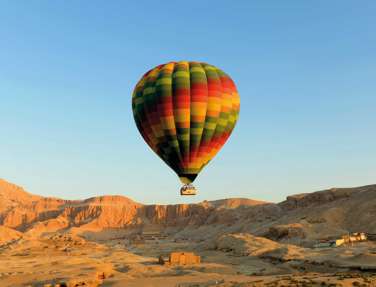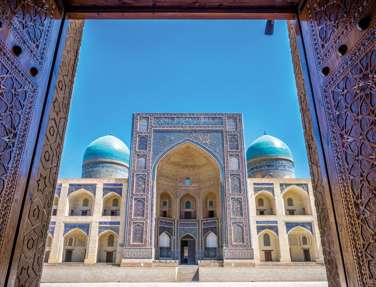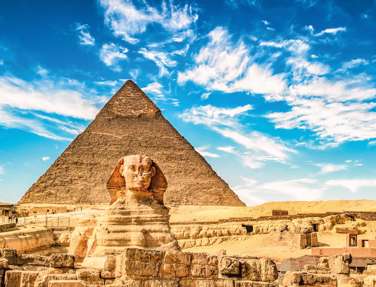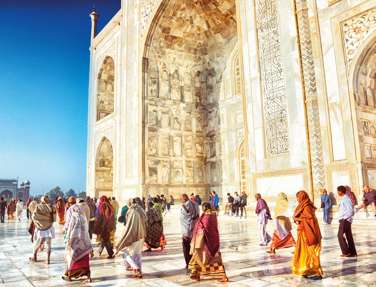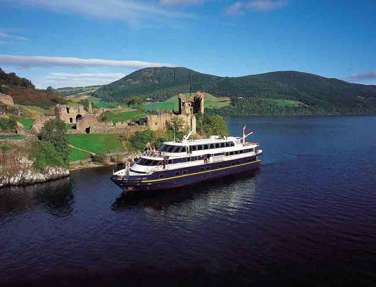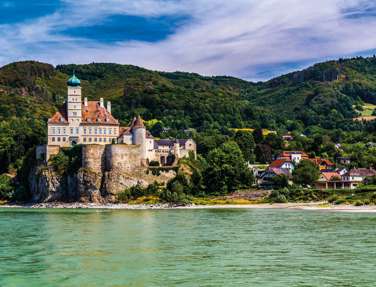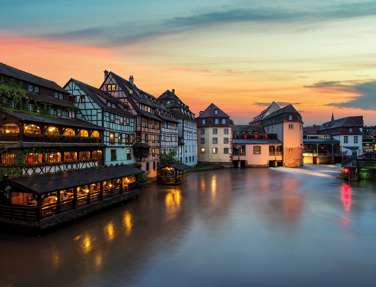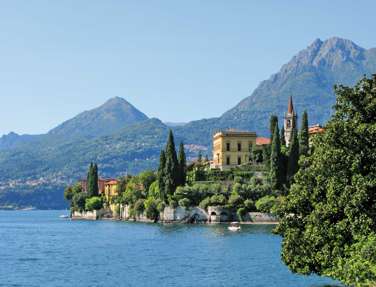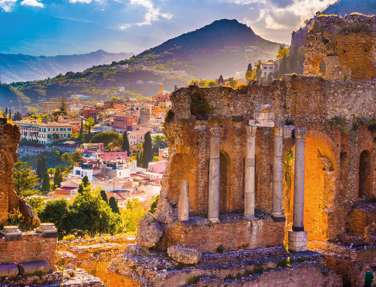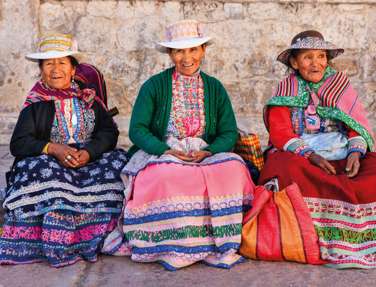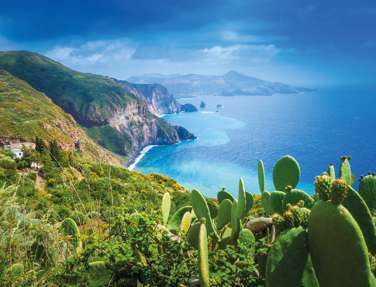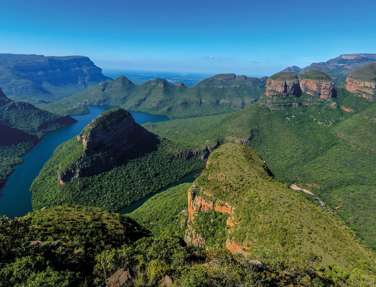Immerse yourself in a ‘View from the Inside’ written by Jules Verne staff.
Egypt - View from the Inside
13 Feb 2024
•
Laura Faulkner
"The wonderful thing about Egypt is that it is so full of treasures, that you could never tire of cruising along this fascinating river, whether you do a classic week on the Nile or the whole 600 miles from Aswan to Cairo."
More
Less
View Article
Highlights of Uzbekistan - View from the Inside
24 May 2023
•
Sara Bellemore, Personal Travel Expert
"As a prominent stop on the Silk Road, the city of Bukhara, which is more than 2000 years old, lived up to the reputation as home to Uzbekistan’s most intricate and important ancient buildings. While the old city of Bukhara is known for its Mosques, Mausoleums, Minarets and Madrasahs, it is also famous for its undercover bazaars."
More
Less
View Article
Nile Cruise - View from the Inside
01 Feb 2022
•
Beth Collins
"As we sailed towards Amarna we were able to view Prince Tawadros’ monastery from the Nile. Even on days where we spent most of the day sailing, there was always so much to see along the banks of the Nile."
More
Less
View Article
Experiences from India
01 Jan 2022
•
Jules Verne
The Jules Verne team share their first-hand experiences of India over the years.
More
Less
View Article
Lord of the Glens - View from the Inside
01 Jun 2021
•
Charlotte Bush
"I did not expect to be transported to a different world, especially staying in the UK, but cruising along the Caledonian Canal allows you to experience the magic that Scotland has to offer."
More
Less
View Article
A Musical Christmas on the Danube - View from the Inside
01 May 2021
•
David Deane, former Head of Product
David Deane, former Head of Product joined our special Christmas departure of A Musical Christmas on the Danube, a mini-cruise from Vienna to Budapest and Bratislava enjoying a special music and sightseeing programme.
More
Less
View Article
Péniche Alsacienne - View from the Inside
01 Apr 2021
•
Abigail Renshaw, Agency Sales Manager
Abigail Renshaw, Business Development and Communications Manager, joined our group on Péniche Alsacienne as they followed the ‘Great Canal Journey’ of Timothy West and Prunella Scales on the Marne-Rhine Canal cruising past fairy-tale castles through wonderful forests, mountains and valleys.
More
Less
View Article
Lake Como - View from the Inside
01 Sep 2020
•
Prini Patel, Head of Marketing
"The trip was so enjoyable, so relaxing and gave us all more confidence to travel again..."
More
Less
View Article
Treasures of Sicily - View from the Inside
01 Sep 2020
•
Danielle Smith, Personal Travel Expert
"I personally found taking a few precautions such as wearing masks, having your temperature taken on entry into sights and no musical chairs on the coach was a small sacrifice for quieter sites and the possibility of travel..."
More
Less
View Article
Highlights of Colombia & Peru - View from the Inside
01 Feb 2020
•
Jules Verne
"I was fortunate to join the first departure of our new tour... This was an opportunity for me to experience a new Jules Verne tour first hand and to discover the countries in the same way as our guests."
More
Less
View Article
Treasures and Secrets of Sicily - View from the Inside
10 Jan 2020
•
Jules Verne
"I was fortunate to visit Sicily and stay in 3 contrasting and wonderful hotels featured on our Treasures & Secrets of Sicily tour."
More
Less
View Article
Highlights of South Africa - View from the Inside
01 Jan 2020
•
Joanna Saunders, Senior Product Manager
South Africa is a country that has it all; stunning scenery, wildlife, world renowned wines and plenty of history.
More
Less
View Article


